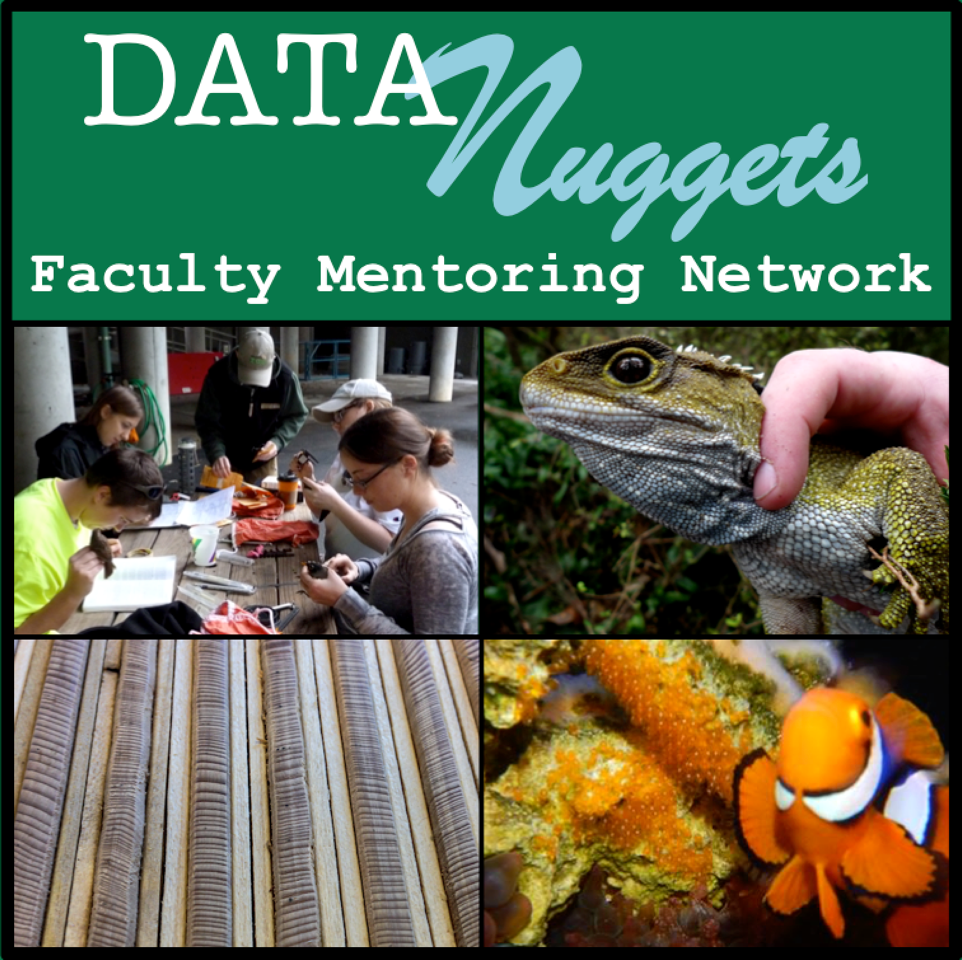Deadly Windows Data Nuggets Module - Adapted for Preservice Elementary Teachers
Author(s): Michelle Forsythe
Texas State University
3650 total view(s), 1753 download(s)
Description
Summary: Adaptation of Data Nuggets Module Deadly Windows for an Elementary Education Science Methods Course (45 minutes)
Teaching Notes: I began with a narrative introduction to the question and context, similar to the Engage phase of an elementary science lesson. During this phase the students constructed the hypotheses and what data needed to be collection as well as read the first part of the original data nuggets module. Next, I set up simulated data collection stations for each group, similar to the Explore phase of an elementary science lesson. Student groups went to their station and gathered and analyzed images of birds caught in “nets” to determine the proportional number of birds in the area. They then went to simulated windows and gathered and analyzed images of dead birds to determine the birds that died in window collections. For the Explain phase of the lesson, the class analyzed their combined data and developed an evidence-based claim about their findings. Finally, we applied our findings using extension questions similar to the Elaborate phase of a lesson.
What worked well:
-
Adapting the module to fit the Engage/Explore/Explain/Elaborate sections of the 5E Instructional model used in elementary science lessons.
-
Having students participate in simulated data collection.
-
Having students predict the data distributions that would support each alternative hypothesis.
What I would do differently:
-
The added prediction questions revealed that many students struggled with why proportional reasoning was required for this context. In some ways, the original writing of this data nugget “assumes” this decision, so while it was useful to draw out this misconception on the part of students, I wasn’t fully prepared for it. In working with this module in the future, I would include stronger scaffolds for proportional reasoning.
What I wish I knew:
- How interested students would be in how the data was collected and the context of the research. They kept asking, “So someone actually did this?” I wish I had pulled videos of similar data collection procedures so that we could have explored this context in more detail.
Summary of Changes to Original Module:
-
Modified Data Analysis Sheet (see file)
-
Explore Simulation Part 1:
-
Print and cut out the following images:
-
50 resident birds
-
129 migrant birds
-
-
Set up collection stations (one for each group) around the classroom by putting a “net” down and scattering some of the images in it.
-
-
Explore Simulation Part 2:
-
Print and cut out the following images:
-
1 “dead” resident bird (picture with “do not” symbol over it)
-
23 “dead” migrant birds (picture with “do not” symbol over it)
-
-
Set up collection stations (one for each group) around the classroom by putting a “window” of cardboard down and scattering some of the images beneath it.
-
Cite this work
Researchers should cite this work as follows:
- Forsythe, M. (2018). Deadly Windows Data Nuggets Module - Adapted for Preservice Elementary Teachers. LDC-Data Nuggets FMN (2017), QUBES Educational Resources. doi:10.25334/Q4310M
